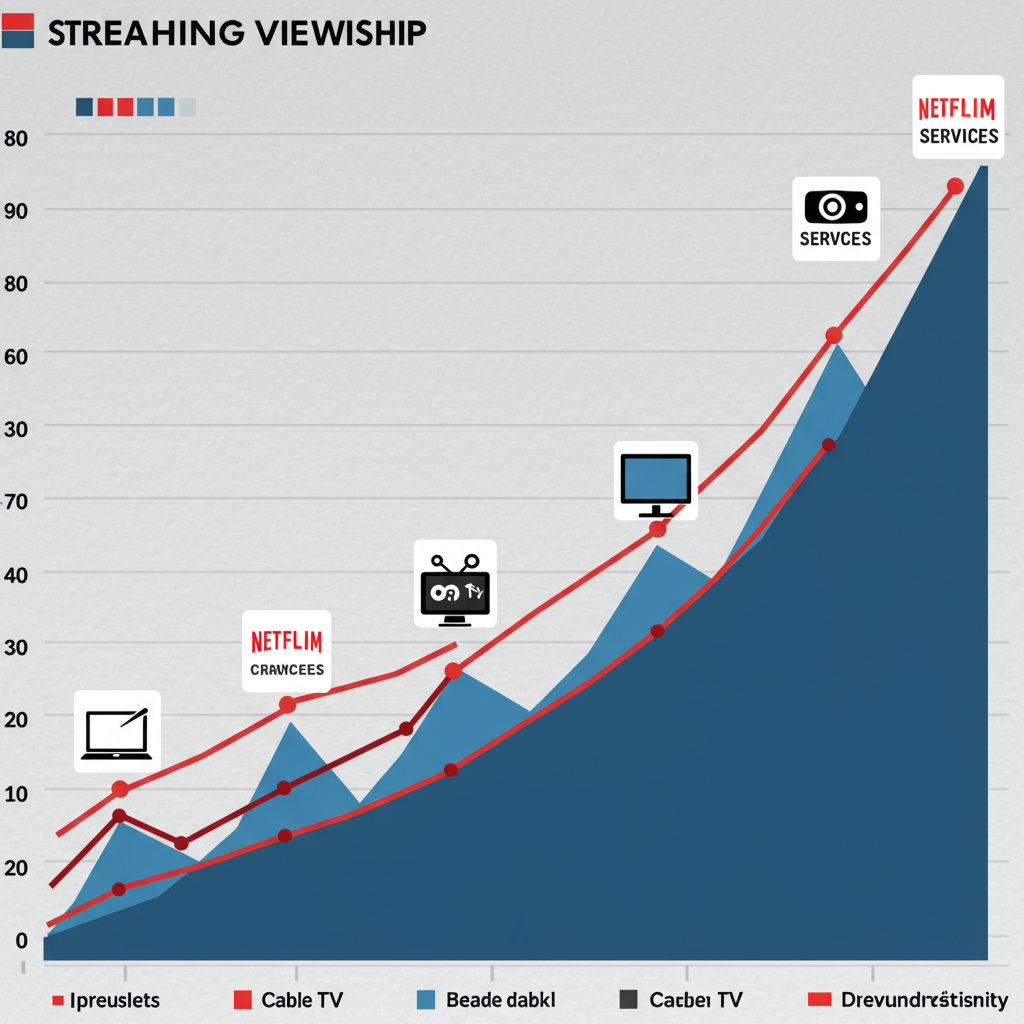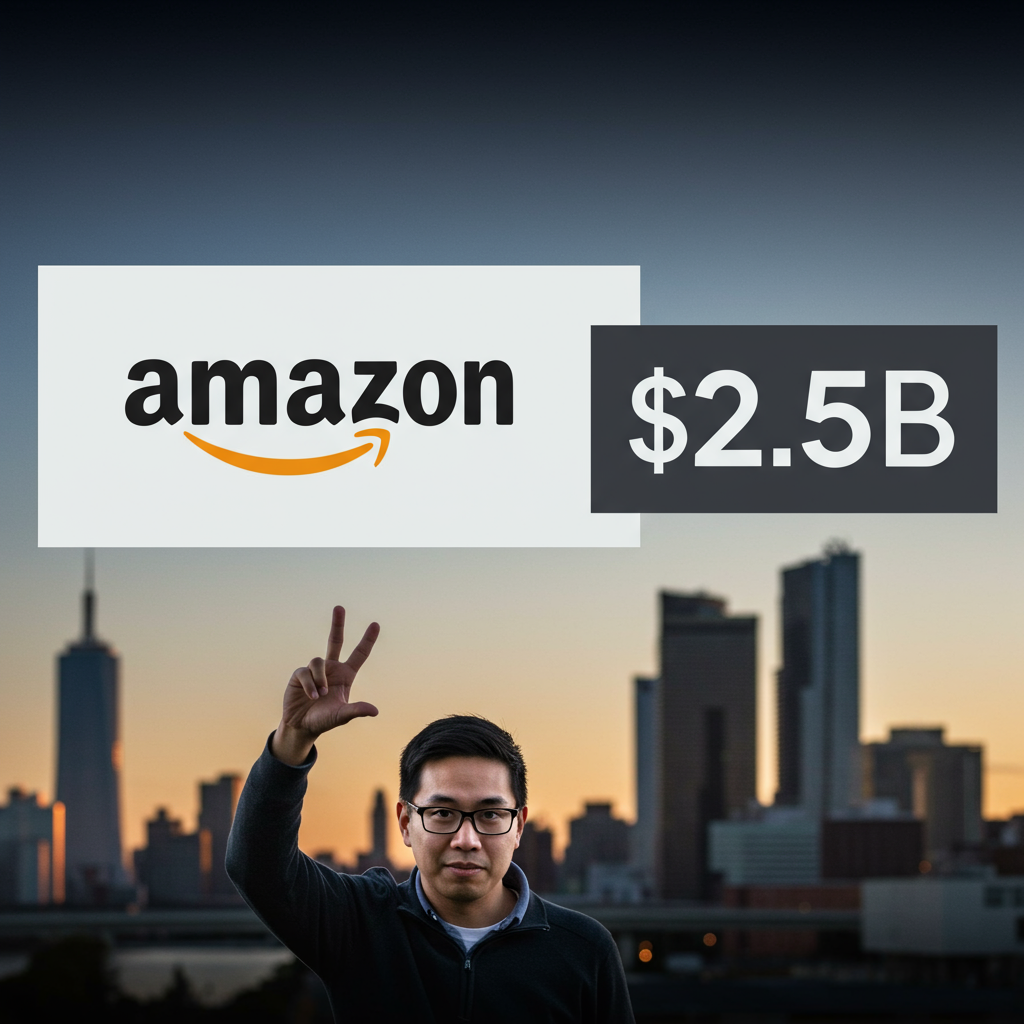Streaming has officially reached a landmark moment in television history. According to Nielsen’s latest monthly report, The Gauge™, for the first time ever, streaming viewership in May 2025 surpassed the combined share of traditional broadcast and cable television.
This pivotal shift underscores the dramatic evolution of TV consumption habits over the past four years, a period tracked closely by The Gauge since its inception in May 2021.
In May 2025, streaming accounted for a record 44.8% of total television usage. In contrast, broadcast held a 20.1% share, and cable represented 24.1%, combining for 44.2% – just under streaming’s solo dominance.
Four Years of Transformation
The data clearly illustrates a rapid migration of audiences. Since May 2021:
Streaming usage has surged by an impressive 71%.
Broadcast viewing has declined by 21%.
Cable viewing has decreased by 39%.
Despite the significant declines in linear TV, Nielsen notes its “surprising resilience.” Karthik Rao, Nielsen CEO, commented on this “inflection point,” acknowledging its timing with The Gauge’s anniversary and crediting media companies for their successful adaptation to meet viewers on both streaming and linear platforms.
The Expanding Streaming Landscape
The growth isn’t just within existing platforms; the landscape itself is broadening. Since May 2021, the number of streaming services individually capturing at least a 1% share of total TV usage has increased from five (Netflix, YouTube, Hulu, Prime Video, Disney+) to eleven in May 2025.
Several players are driving this expansion:
YouTube Main (excluding YouTube TV) stands out with exceptional growth, soaring over 120% since 2021. In May, YouTube captured a remarkable 12.5% share of total TV viewing – its fourth consecutive monthly increase and the highest share recorded for any single streamer to date.
Netflix remains the leader among subscription video-on-demand (SVOD) services, maintaining its top position for four consecutive years. Its usage is up 27% since May 2021, benefiting from exclusives like live NFL games on Christmas Day 2024 (contributing to streaming’s biggest single day) and the enduring “Netflix Effect,” where licensed content like Suits, Young Sheldon, and You gains massive popularity on the platform.
Free Ad-supported Streaming (FAST) services are also significant contributors. PlutoTV, Roku Channel, and Tubi collectively garnered a 5.7% share of TV viewing in May. Notably, this combined share was larger than that of any individual broadcast network during the same period, highlighting the growing importance of free streaming options.
Major media companies’ streaming portfolios are also carving out significant positions. For example, Disney’s combined services (Disney+, Hulu, ESPN+) accounted for a 5% share in May, placing them behind Netflix but ahead of Amazon Prime Video’s combined share.
Industry Adaptation and Future Outlook
Traditional media companies have increasingly transformed into “streaming-first entities.” Platforms like Hulu, Paramount+, and Peacock are expanding accessibility, aiming to complement their linear offerings rather than directly competing. This includes successful simulcasts of major live events like the Super Bowl and the Olympics. Furthermore, most subscription platforms now feature ad-supported tiers, creating new avenues for advertisers.
While this milestone is historic, it’s worth noting potential nuances and future shifts. Some analysis suggests that if only ad-supported long-form* content (explicitly excluding YouTube) is considered, linear TV would still hold a lead. Looking ahead, while streaming dominance appears likely in the near future, there could be temporary shifts back towards linear, particularly during peak sports seasons like the start of football or the return of major broadcast programming in the fall.
However, the overall trend, fueled by strategic industry shifts towards streaming and the increasing availability of premium content, including live sports, on streaming platforms, indicates that streaming is rapidly becoming the default mode of television consumption.



